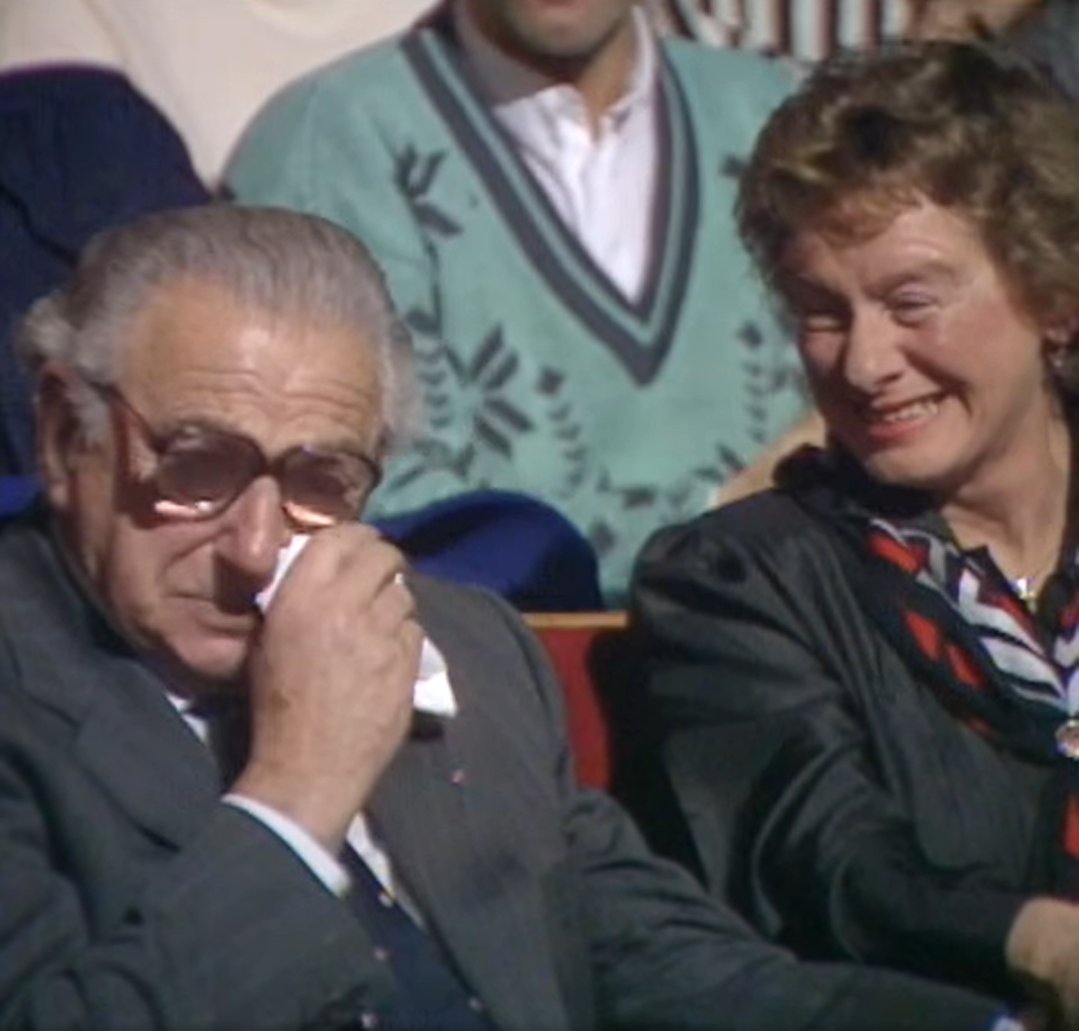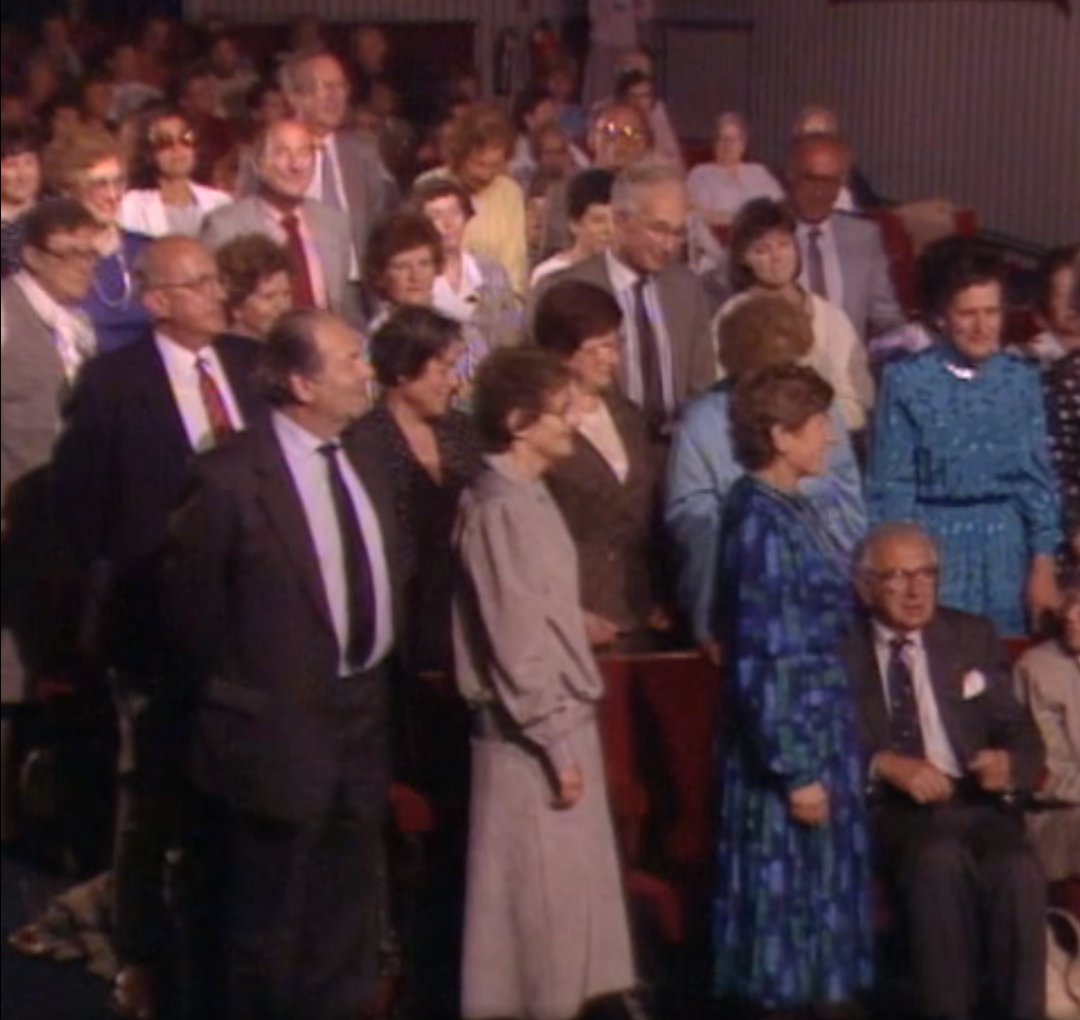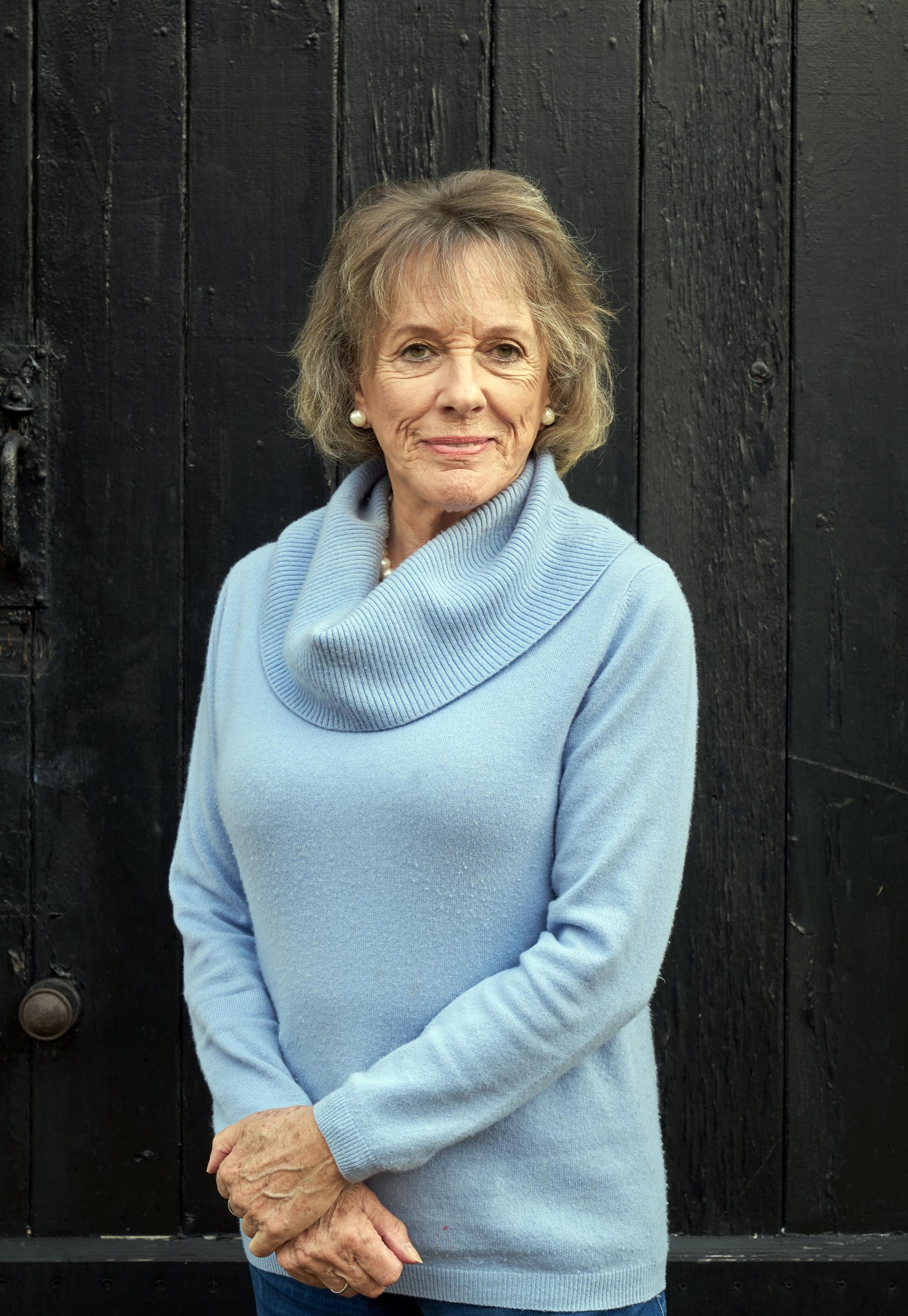
has revealed watchingmeeting Jewish children he saved from the Nazi’s was the only time in her career she had to ask for cameras to stop rolling.
In 1988, the That’s Life presenter was who for decades had kept his work during the war unknown.
Over the course of nine months before World War II broke out in 1939, young London stockbroker Nicholas (who was later knighted in 2003) organised the rescue of 669 children from Nazi-occupied Czechoslovakia.
In the subsequent 50 years, few knew about his , until That’s Life came calling.
After inviting him on the show, a scrapbook detailing what he’d done was shared, with some of the now adult children sitting in the audience ready to meet Sir Nicholas and thank him for saving their lives.
But it was in a later follow-up that a moment still watched by millions today unfolded.
After Sir Nicholas was invited back, Dame Esther put the call out to the audience and asked anyone who owed their lives to him to stand.
More than two dozen people did so and started applauding, with the rest of the audience then rising to their feet as it was revealed they were the children and grandchildren of those saved.
Sir Nicholas’ story is told in the new film One Life, which stars Anthony Hopkins and details the lengths he went to trying to save as many children as he could, as well as the guilt and grief he carried for decades for not being able to save more.
Reflecting on watching that incredible TV moment unfold, Dame Esther told Metro.co.uk just how much it affected her.
‘I found it deeply moving at the time and I actually had to stop recording because I couldn’t carry on because I was just overcome with emotion,’ she shared.
‘It’s the only time, the only time [in my career] I’ve had to do that.

‘I climbed off my chair and went to the side of the set. There is a rumour that I borrowed Nicky’s handkerchief to wipe my eyes. But I cannot confirm that I remember whose handkerchief I used,’ she laughed.
‘But anyway, then I went back onto the set, climbed onto my chair again and carried on.’
Reflecting on finding out about his story for the first time, Dame Esther said she was ‘gripped by the idea’ he and a tiny team of other people had saved ‘so many lives’.

‘The idea that we could reunite them with photographs and details of their childhood was a huge opportunity for us. As a program as well as meeting this amazing man,’ she said.
However, at the time the programme did receive pushback.
‘Some people love surprises. I love surprises. And of course, in television, surprises are quite often inspiring, delightful. And so I’m on that side of the argument, but there are people who think it was a disgraceful showbizzy way to treat this story,’ she said.
‘Well, all I can say is, you know, this has 42 million viewings on the internet and that clearly means [a lot of] people enjoyed it. And I still find it deeply moving.’

Following his appearances on That’s Life!, Sir Nicholas and Dame Esther became close friends, regularly meeting up for lunches until his death, aged 106, in 2015.
Six years after Sir Nicholas was introduced to viewers, That’s Life! wrapped up.
Despite being incredibly proud of the range of stories aired over its 21 year run, Dame Esther believes it’s unlikely the show would ever be rebooted.
‘It’s interesting these days, television programs are very much more specialised. You know, you get news programs and you get investigative programs and the idea of having an investigative program that could feature a talking dog or tell the story of Nicky Winton…. I’m not sure a commissioner these days would accept it,’ she said.
After a decades-long career in the public eye, last year Dame Esther revealed that she had been diagnosed with stage 4 lung cancer.

Last month the broadcaster , which enables people to have an assisted suicide.
However, the practice is banned in England, Wales and Northern Ireland, and carries a maxiumum prison sentence of 14 years.
Looking to other countries and their laws, Dame Esther said she said they had found a way of ‘protecting people’ and questioned why the same could not be done here.

‘I think there are some of the palliative care doctors that think this is a condemnation of what they do, which is to try and make sure that people do have pain free deaths,’ she explained.
‘And of course, we know they do wonderful work, but we also have to admit that not everybody has the kind of good death that they wish to have and, in some cases, ask to have, and they are denied it.’
‘So, we’ve got to do something about it.’
She concluded: ‘Surely you have to give us the choice. I mean, we can extend life. So why can’t we offer people the choice of ending life if it becomes intolerable for them?
One Life is in cinemas now.




















